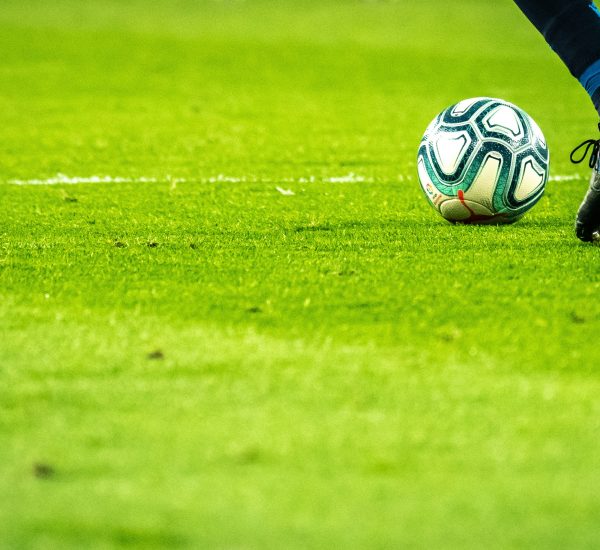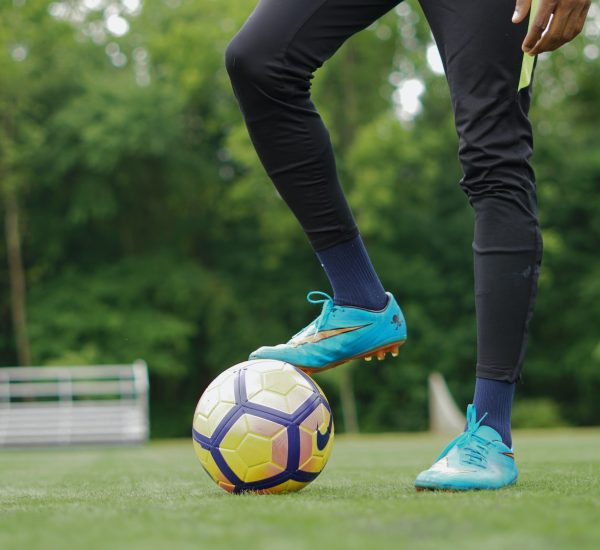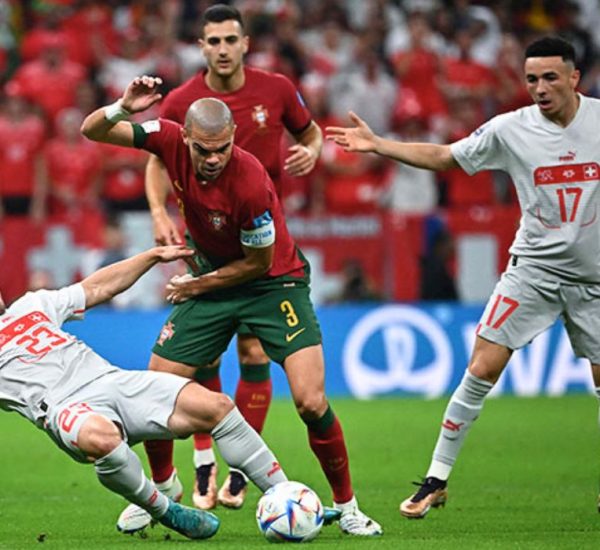Soccer VAR, or video assistant referee, is an innovative new technology that is used in soccer matches. It is currently in use in all the major international competitions, including the FIFA World Cup, the UEFA Euro, Copa America, African Nations Cup, and Olympic tournaments. While it is not perfect, the system has several advantages and benefits.
Referee review area (RRA)
A Referee Review Area (RRA) is a designated area on the field where the referee can view match footage and make decisions on controversial situations. It must be clearly marked and visible and cannot be tucked away behind a booth. Only referees are allowed to enter the area.
The referee initiates a Video Review (VAR) when a clear error has been made or a serious incident has been missed. Then, the referee initiates the process by drawing a rectangle on the screen adjacent to the field of play and in full view of the crowd. The referee may use a slow-motion replay to determine whether a player made contact, or a full-speed replay to judge the intensity of the offence. During a full-speed VAR review, several camera angles are transmitted to the referee.
A Referee Review Area (RRA) allows the referee to review disputed decisions during soccer matches. Video replays help officials decide on fouls, possession, and goals in controversial situations. A video replay allows the video assistant referee to see disputed events in greater detail and make more accurate decisions. FIFA regulations require that each soccer match have a designated Referee Review Area.
The Referee Review Area (RRA) has many advantages over a traditional review area. For example, the RRA is located near the fourth official’s area, and players and team officials are not allowed to enter the room during a review. Referees may review footage in either normal or slow-motion speeds, depending on the situation. The speed of review is not crucial, but accuracy is. The RRA will only change a decision if there is an obvious error.
Offside checks
While the introduction of VAR for soccer offside checks is a step in the right direction, it still has some flaws. For one, decisions made by VAR are subjective. As a result, fans, managers and players may not always agree with the VAR’s verdict. Another flaw is that VAR can be prone to bias and error.
Currently, the only way a VAR can determine whether a goal is legitimate is by examining the angle from which the goal was scored. However, VAR can also check whether the ball was played out of play before a goal has been scored. This is because the ball can go out of play because of a foul on the field of play, a handball or offside position.
In order to use VAR for soccer offside checks, teams are required to install 12 cameras under the roof of the stadium. These cameras will collect up to 29 data points about each player every second. The cameras will also incorporate artificial intelligence to create a 3D offside line. In addition, a sensor placed in the match ball will detect acceleration, allowing for more accurate “kick points”.
The video replay used for VAR is similar to those used for offside decisions. However, the lines can look slightly different depending on how the camera was positioned. If the camera was in line with the last defender, then the offside line will appear to be straight.
Ball out of play
Despite the positive effects of soccer VAR, the rules still lack clarity and precision. Some fans have complained that the new rules are too stringent. Similarly, many players and managers have voiced their displeasure with the use of pitchside monitors. They are concerned that VAR decisions may not match their own.
In soccer, the ball is out of play when it has crossed the sideline, endline, or boundary lines. It then has to be put back into play. Once the ball crosses any of these lines, play stops. Otherwise, the ball continues to run. If the ball goes over the goal line, the referee will issue a red card.
Similarly, the ball can be ruled out of play if it touches a match official, has been dropped or has crossed the line. In these situations, the VAR can advise a retake if the player involved has a direct impact on the outcome. This could include a contested penalty kick.
In the beginning of the VAR system, VAR was used in the Eredivisie during the 2012-13 season. The Royal Netherlands Soccer Association petitioned the IFAB to test the system. The IFAB approved the petition, and the Netherlands’ PSV team was the first match in history to use the technology. Then, various other leagues and competitions started to use VAR. In the World Cup 2018, VAR was implemented fully. Major League Soccer and other leagues followed.
Red card decisions
Soccer fans are divided on the benefits of using video assistant referees (VAR). They are divided over the effectiveness of the technology and the use of pitchside monitors. The World Cup, UEFA Euro and Copa America all use VAR. The Olympic games also have adopted VAR. However, some people feel that these technologies are not as reliable as the officials would like.
Some people feel that the use of VAR will remove the human element of the game. While it is important to remember that mistakes have always been a part of the game, VAR can help make decisions more accurate. It can show fans different angles of a call, which helps referees make correct decisions. In an early trial run, VAR improved the accuracy rate of Premier League calls from 82% to 94%.
While VAR cannot rescind red card decisions, it can change penalty decisions and red card decisions. But this can only happen if the player was a clear goal scorer, was involved in a promising attack or had dissent. Players can appeal VAR decisions, but they should be aware that these appeals are subjective. If they are successful, the appeal panel can overturn the red card decision. However, if they are incorrect, the player will be suspended for a period of time.
Soccer VAR also helps referees review their decisions. It can review penalty decisions, yellow cards, and red cards. It can also review the identity of the offender. If the offence is clearly missed by the referee, the VAR can advise him to watch the incident again in the Referee Review Area. But, the final decision is made by the on-field referee. If the referee feels that the red card was wrongly given, he can reverse his decision and award a yellow card.
Goal-kick decisions
If you want to know if VAR makes goal-kick decisions, then keep reading. The technology is here to make the game more fair, but it’s not a magic wand. There are still some instances where the VAR can’t make the right call. For instance, a goal may have been disallowed when the ball came off the foot of a defender or was not in the penalty area.
Currently, VAR is used in almost 60 leagues and several dozen domestic cup competitions. It is also used in major league soccer tournaments such as the World Cup, UEFA Euro, Copa America, African Nations Cup, and Olympic tournaments. There are no usage limits for VAR, so match officials can use it when they see fit.
Initially, VAR was implemented with the intention of reducing mistakes made with the naked eye. Offside was a major issue in soccer before the introduction of VAR. An offside call requires simultaneous visual and aural awareness of the position of the player. Now, VAR will be used to review the positions of players during a game, which is critical for making accurate decisions.
VAR can also be used for diving incidents. This technology will be useful in deciding penalty kicks and a player’s red card. It can also help referees make match-changing decisions. In these cases, the referee will be able to make the final decision based on the VAR’s advice.
Goal-line technology
Goal-line technology in soccer, otherwise known as VAR, is a way to help referees make correct decisions in matches. As human beings, referees are prone to making errors during matches. With VAR, referees can be more objective and make decisions based on evidence.
VAR can be used to help with technical situations that would otherwise take a longer time to resolve. This can create suspense for fans and help keep the game exciting. But it also has its critics. Some fans are concerned that the technology will take away the human element of soccer. While it helps referees make more correct decisions during matches, it might also remove some of the human touch from the game.
Goal-line technology uses magnetic fields to determine whether a ball has crossed the goal line. The signals are sent to a computer that analyzes the ball’s dynamics to determine if it has crossed the line. If it has, a goal alert appears on the referee’s watch.
Goal-line technology has many critics. The technology has many limitations and may not be perfect. However, it has been successfully implemented in American Soccer, tennis, and cricket. Most fans have been receptive to the new technology.



